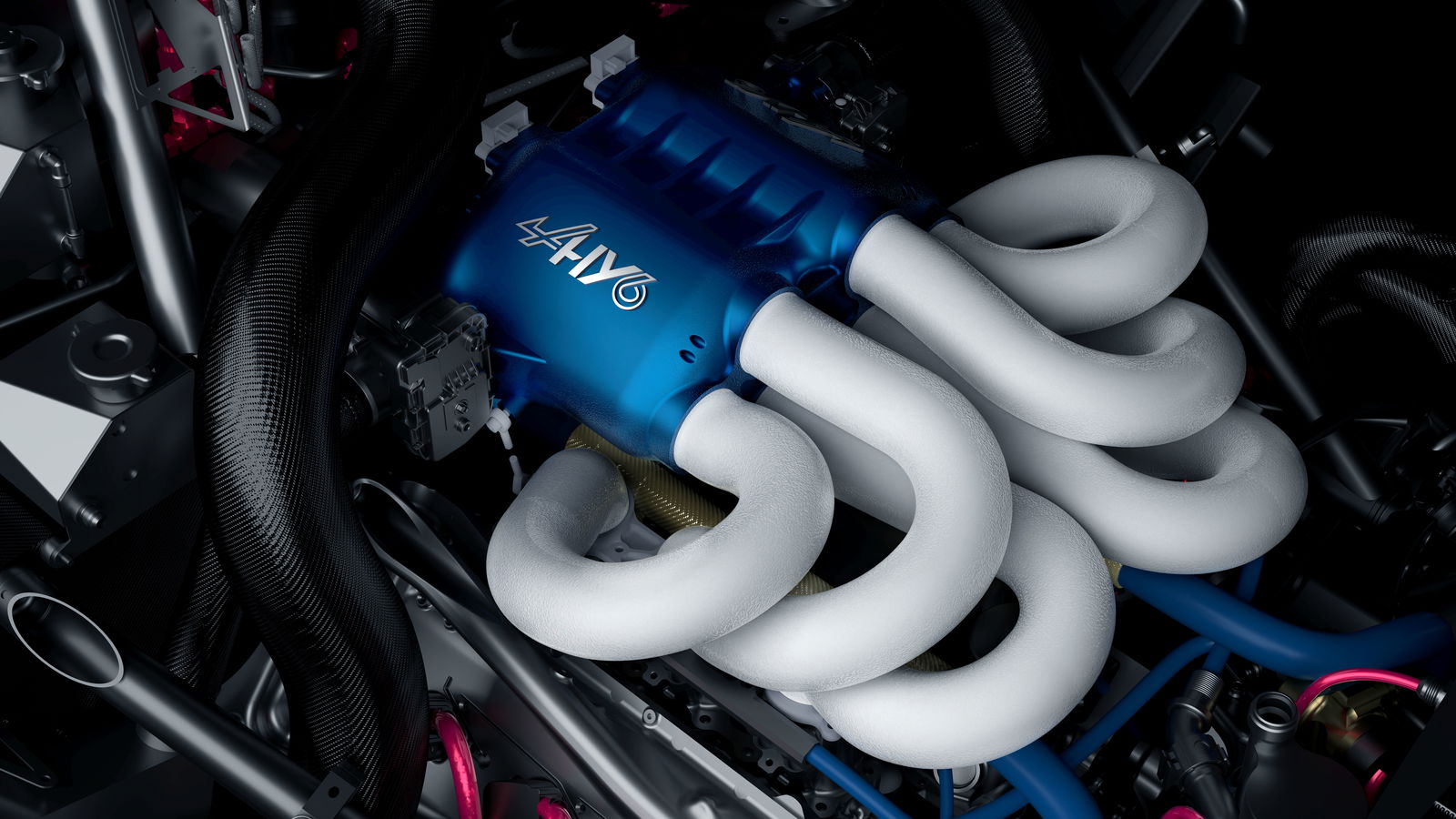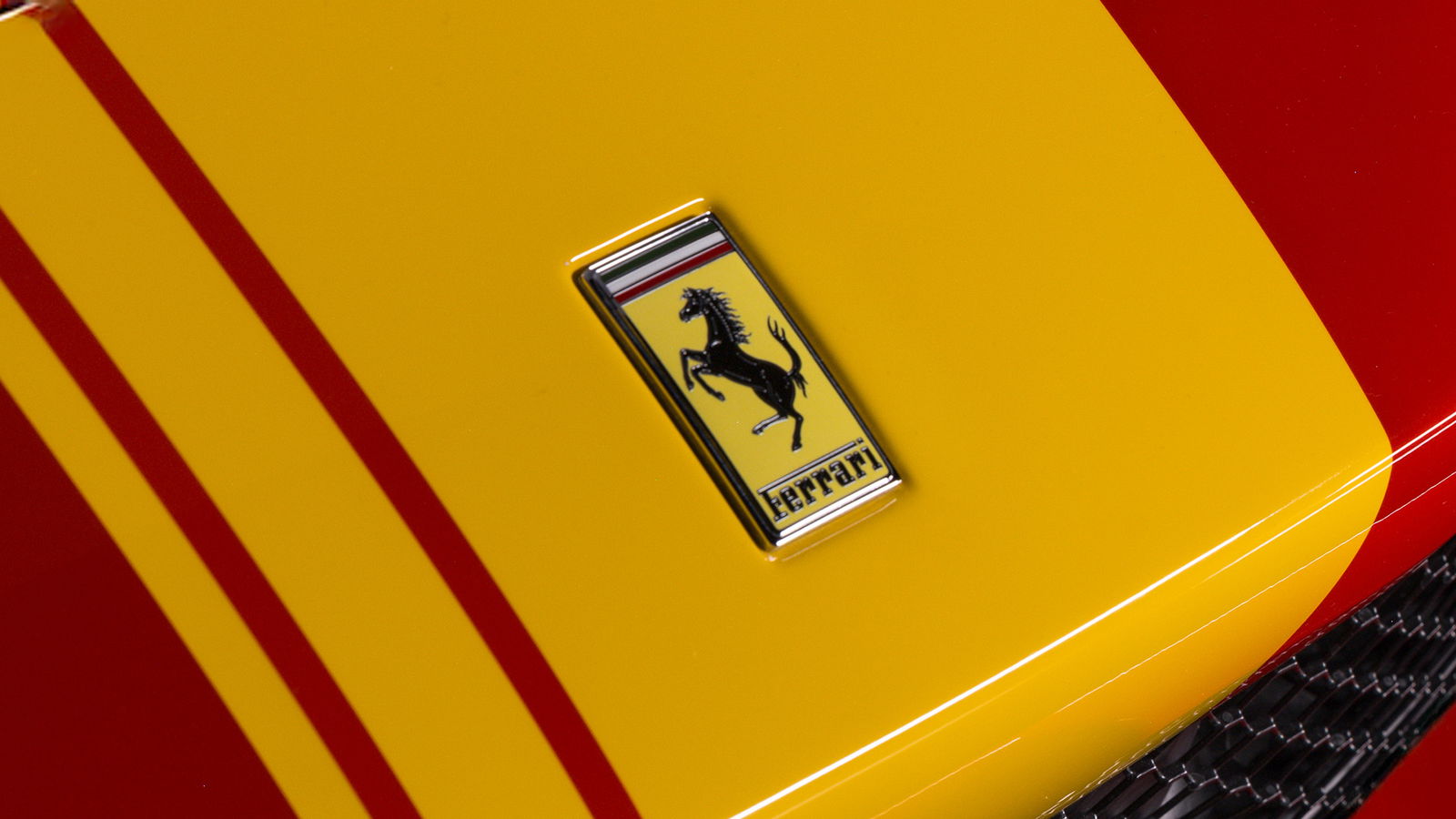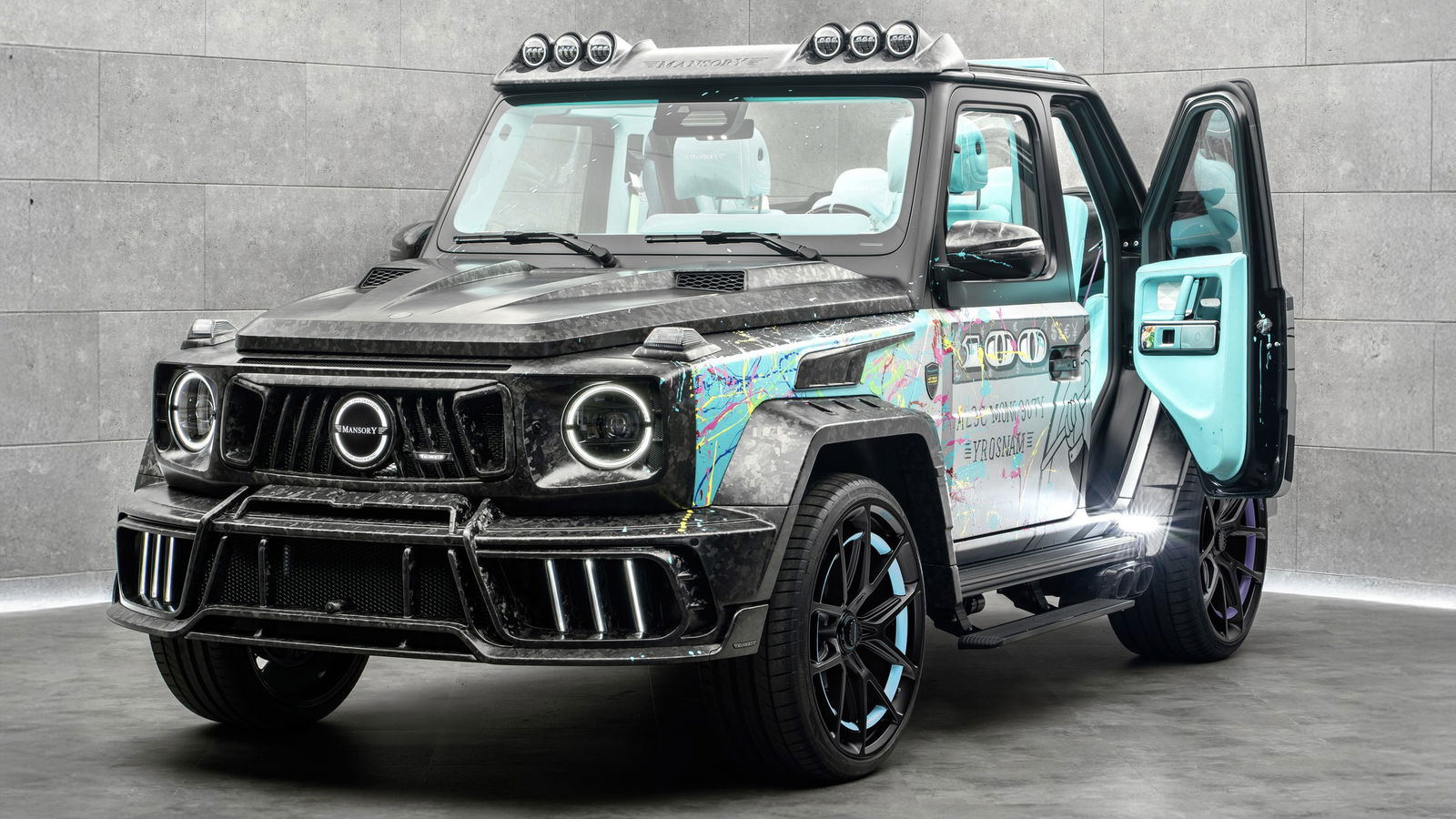Infrastructure A ‘Short-Term’ Roadblock For Hydrogen ICE Cars, Says Alpine

When Alpine revealed a new six-cylinder version of its hydrogen-fuelled, internal combustion-powered Alpenglow prototype last year, we were all very impressed, but were left with one big question: ‘Why?’
It is, after all, a fairly big investment in a propulsion method that’s still very much in its infancy and doesn’t really have any widespread applications yet. To find out where Alpine plans to go with the tech, we spoke to the brand’s product performance vice president, Sovany Ang, and design director, Antony Villain, ahead of this year’s 24 Hours of Le Mans, where the Alpenglow was running high-speed demo laps around the Circuit de la Sarthe.

“[The Alpenglow] is a real driveable, real fast car,” said Villain. “I think on Thursday, it hit 306kph on the Hunaudières.” That’s European for 190mph on the Mulsanne Straight, by the way.
“We had two directions to choose from, either road or race. Today, we believe that in racing, especially here in Le Mans, we would like hydrogen to become a fuel… You keep the sustainability of the performance, you keep the sound, and you have zero emissions.”

Pretty much any motorsport fan will surely be behind this – after all, nobody wants a legendary race like Le Mans to be soundtracked entirely by the whirr of electric motors. Indeed, the race’s organiser, the ACO, is actively working on plans to allow hydrogen-fuelled cars to compete within the next few years, and ahead of the 2025 race, Toyota unveiled its own hydrogen racing concept, the GR LH2.
But lots of road car fans are eager to see the sensations of an internal combustion engine stick around in the long run, too. Does Alpine, a brand still outwardly committed to going EV-only with the exception of its recently confirmed hybrid supercar, see hydrogen combustion tech having a place on the road too?

“It’s important to continue to search all the avenues, and why not for road-legal cars?” Said Ang. “But we see a blocking point in the short term because of infrastructure.” That, naturally, is something that could steadily grow as the tech was adopted, as petrol pumps did in the early days of the car and EV chargers have more recently.
Both Ang and Villain also point out that storing liquid hydrogen fuel within a car brings packaging challenges. “The tanks take a lot of space in the car,” said Villain, “because you need 150 litres of hydrogen [to do] the equivalent of 50 litres of gasoline.”

There’s also the matter of regulations – cars with alternative propulsion methods like this can’t be sold unless governments allow them to be. But although the vast majority of Alpine’s future output will be all-electric – including the next-generation A110 – the brand seems quietly optimistic that it won’t be the only path going forward. “That’s why there’s a programme,” concluded Villain. “We need time to develop these technologies.”



Comments